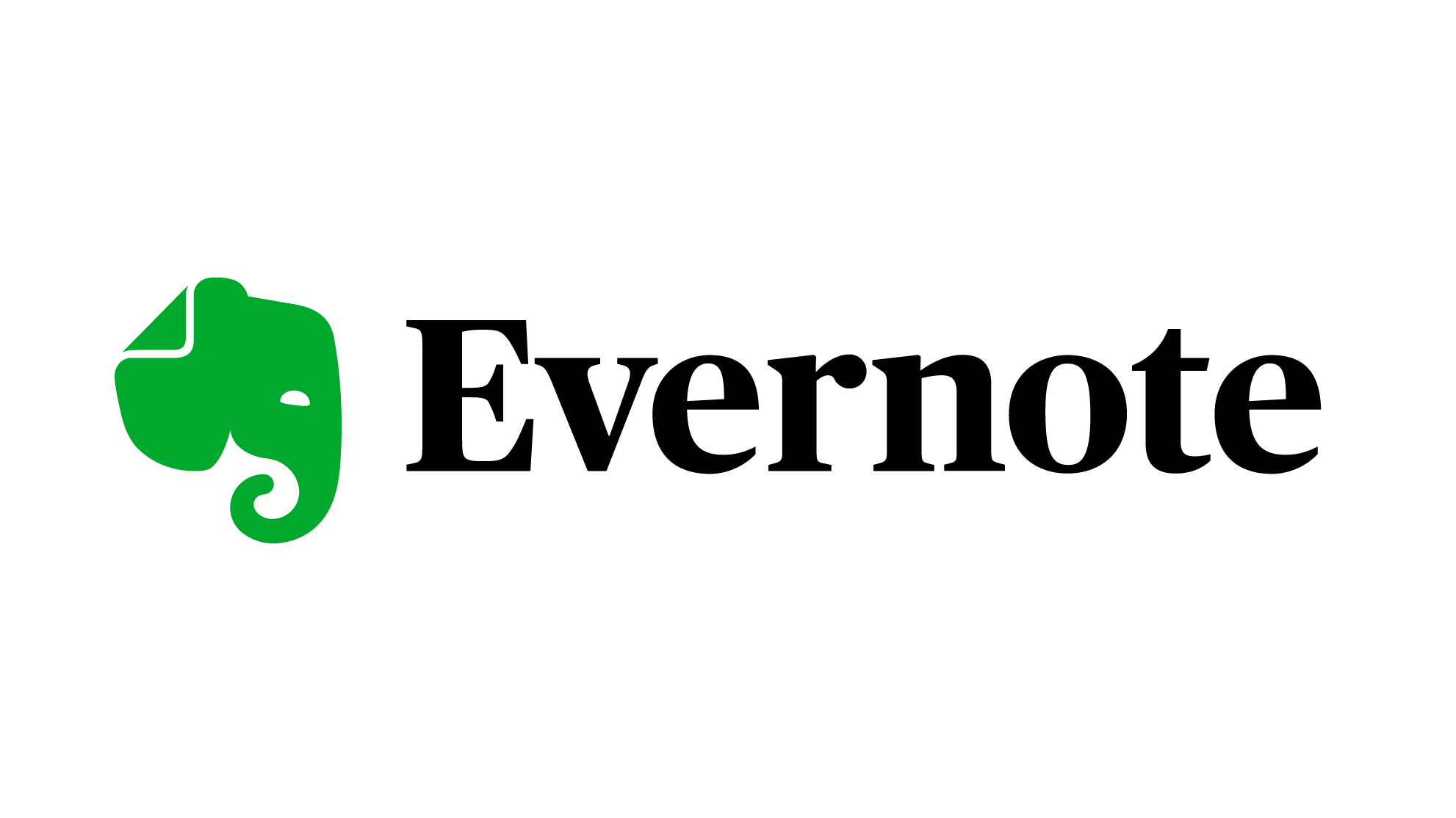As a dedicated Evernote premium user since May 2010, I’ve witnessed its evolution and have largely benefitted from its robust note-taking and task management capabilities. However, a significant portion of my interaction with Evernote is through its Android widget, which, I’ve found, is not keeping pace with user needs, particularly in terms of its UI/UX design and functionality.
This post delves into the specific issues I’ve faced, highlighting areas where Evernote could improve to meet the demands of its long-term users.
Syncing Issues with the Android Widget
One of the core issues I’ve encountered is the widget’s inconsistency in updating tasks. Unlike the seamless sync we expect in today’s app ecosystems, the Evernote widget often falls out of sync. This discrepancy means tasks updated within the app itself don’t always reflect on the widget, or the other way around. For someone who relies on immediate updates for reminders and tasks, this lag is not just inconvenient; it’s a deal-breaker.
Clunky Task Addition Process via the Widget
The process of adding tasks through the widget is far from intuitive. An evident example is the inability to set due dates directly when adding a task from the widget. This oversight forces a two-step process: you add the task via the widget and then have to open the app, locate the task, and edit it to set the due date. This cumbersome process undermines the very efficiency that a task management tool should offer.
Lack of Customization in Task Display
The widget lacks essential filtering options. It displays all todo-items, regardless of their due date status. This “all or nothing” approach leads to a cluttered and overwhelming widget view, especially for users who have numerous tasks, some of which might not be immediately relevant. The absence of filters to tailor what appears on the widget means you can’t easily focus on the tasks that require your attention for the day or week.
Need for a More Condensed Design
The current design of the Evernote widget is too spaced out, taking up valuable real estate on the home screen. A more condensed design would allow for more information to be displayed, enhancing the widget’s utility in a limited space. This is especially crucial for users who depend on a quick glance to stay informed and organized.
The issues mentioned above with the Android widget reflect a broader concern: the gap between Evernote’s core functionality and its adaptability to user-specific needs, especially for those who, like myself, have shifted to a widget-centric workflow.
While I’ve been a satisfied customer for over a decade, these UX and UI limitations are pushing me to reconsider my reliance on Evernote. It’s crucial for productivity tools to evolve with user habits, and in this aspect, Evernote’s widget seems to be lagging.
As a call to action, I urge Evernote to address these concerns, ensuring that its widget is not just an extension but a fully functional and integral part of the Evernote experience. The potential for improvement is immense, and it’s in areas like these that Evernote can truly enhance its value for dedicated Android users.
